5. How to use ‘in’, ‘on’, and ‘at’ when talking about time
Tess Coffey; Júlia Lisboa; Maria Moysés; and Mariana Trindade
Tess Coffey
Undergraduate student at Montclair State University
Júlia Lisboa
Undergraduate student at Federal University of Rio Grande do Sul
Maria Moysés
Undergraduate student at Federal University of Rio Grande do Sul
Mariana Trindade
Undergraduate student at Federal University of Rio Grande do Sul
Goals: To help (Brazilian) students understand the difference between “in”, “on”, and “at” when talking about time.
Audience: Beginner learners of English as a second language (students in elementary or high school, or students in an English language course)
Duration: 15 to 20 minutes
INTRODUCTION
The prepositions in, on and at have somewhat similar meanings when used to talk about time. This is especially true for English learners who have romance languages, like Portuguese and Spanish, as their first language. In these languages, all three prepositions are usually translated as the same preposition. In Portuguese, for example, in, on, and at can be translated as “em” when talking about time. Consequently, learners of English often struggle with these words. This lack of understanding results in learners often using in, on and at in non-canonical constructions, such as “the meeting is in 3pm” or “Christmas is on December.”
To help these learners, we will focus on the definition of each preposition and the group of words that can be used directly after these prepositions when talking about time. Aside from helping students differentiate between these three prepositions, the following class aims to teach students how to use corpus tools to find the answers to their language queries. We also include comprehension exercises, so that students can practice the content of the class.
STEP 1: CORPUS ANALYSIS
For phase one of our class, the Corpus of Contemporary American (COCA) English is used to conduct the searches. The word menu was used to search for all three prepositions. The menu “word” was used as its output combines the thesaurus feature, collocates and clusters of a word in the same screen.
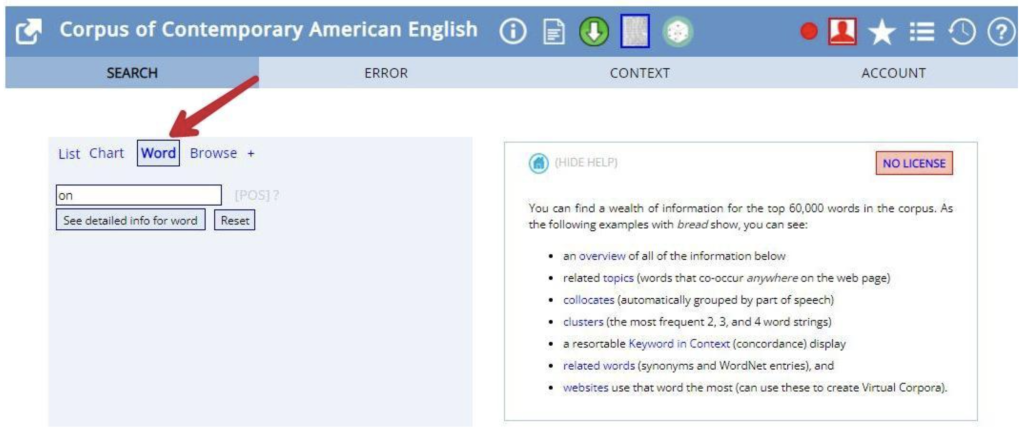
Figure 1 – Example of search with the word “on”
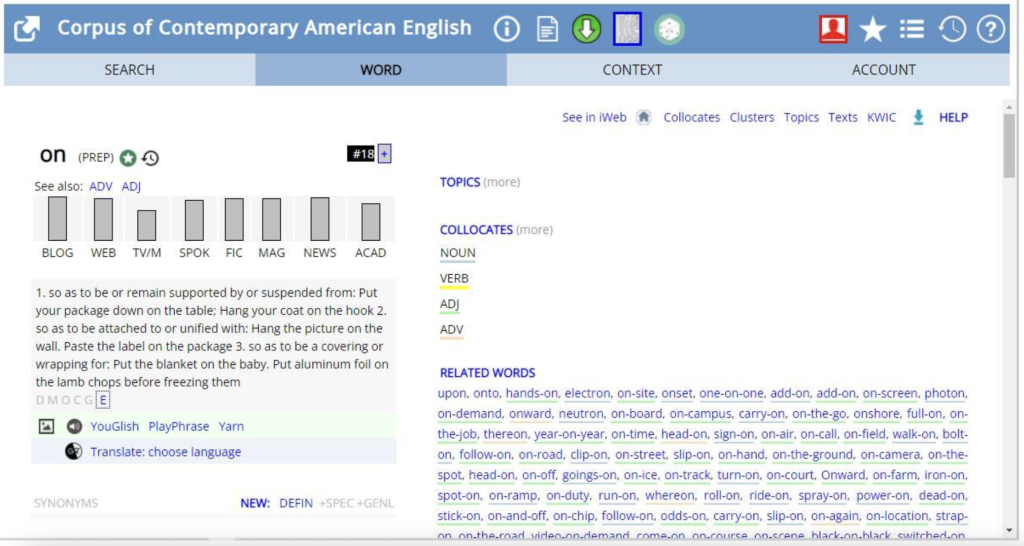
Figure 2 – Example output of the word “on”
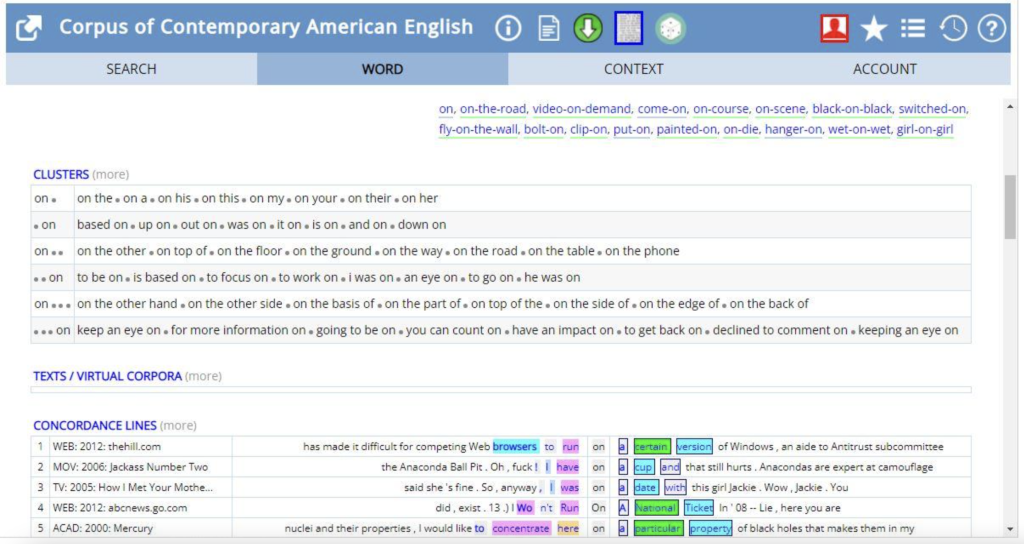
Figure 3 – Concordance lines for the word “on”
In addition to looking at the output of the menu word, teachers should also search for the collocates of our keywords (in, on, at). In order to do this, you can click on List and type the prepositions and add “NOUN” next to it. By doing this search, the teacher will identify the most frequent nouns that occur with each preposition. In addition, the teacher could also write “VERB”, “ADJ”, or “ADV” to search for verbs, adjectives and adverbs that might occur after these prepositions.
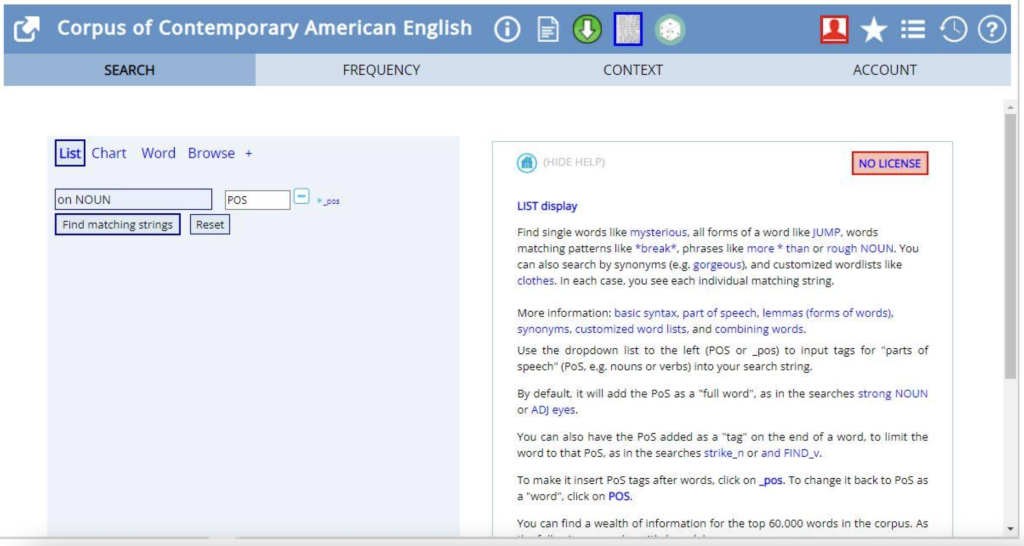
Figure 4 – Example of how to use “list” to search for collocates
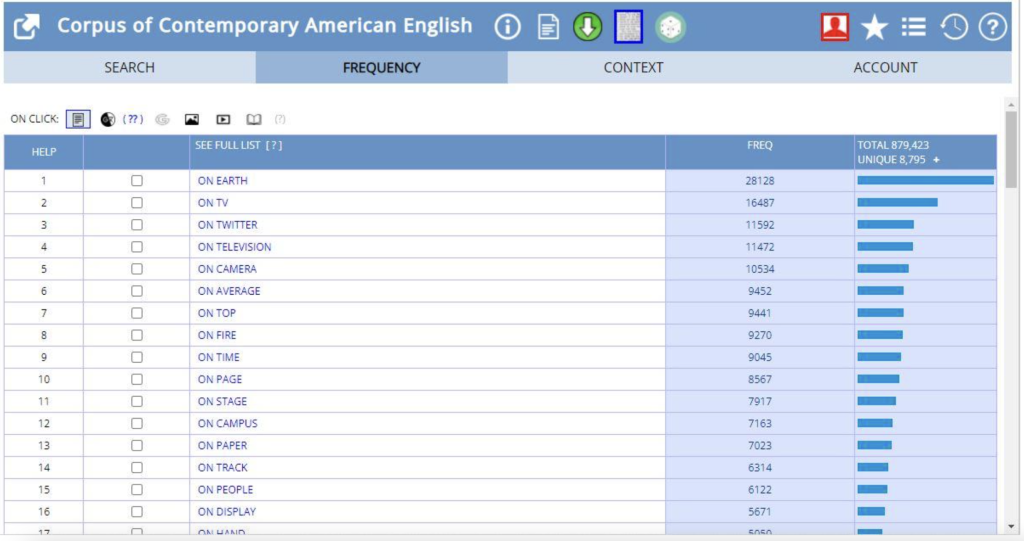
Figure 5 – Example of search output for “on”
As an alternative, the teacher can use the menu “collocates” to find all collocates of each preposition. The results of this search will narrow down the number of concordances students need to read in order to find examples of the use of the prepositions in question. For example, in the image below, we find a number of cases where “on” is used with “Christmas”.
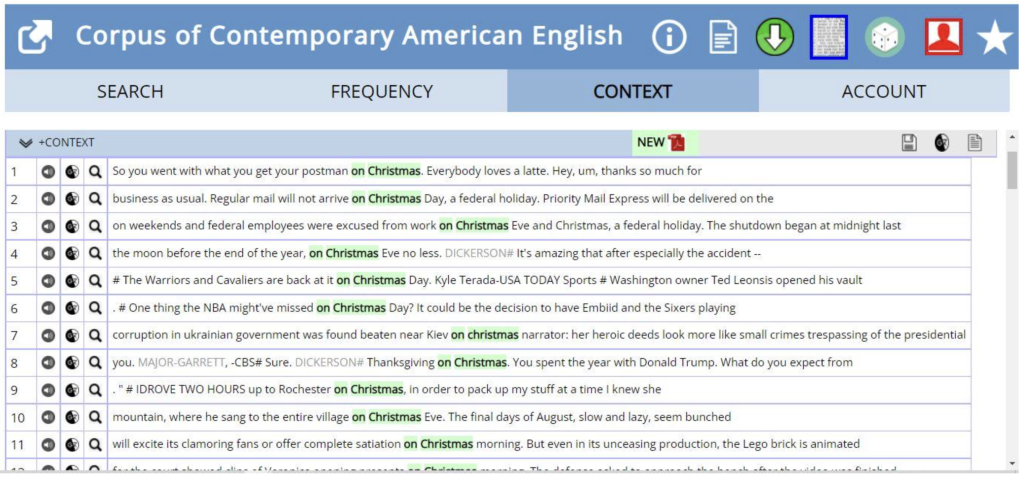
Figure 6 – Concordance Lines for “On Christmas”
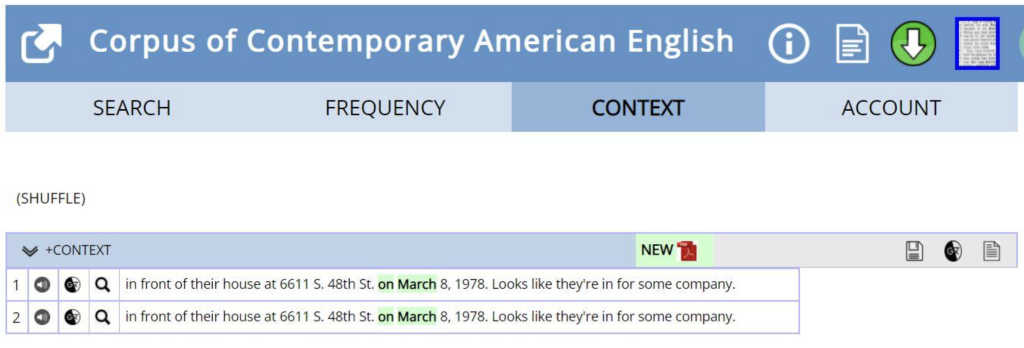
Figure 7 – Concordance Lines for “On March 8, 1978”
The concordance lines of this search (as seen in Figures 5-7) can be a great example to illustrate to students the use of “on”. While “March” appears as one of the most frequent collocations of the preposition “on”, when we examine the concordance lines, we can see that “on” only occurs with March if a specific date is given. The teacher can use examples like this to highlight the need to examine concordance lines, and not only frequency counts.
Below are a few observations regarding these prepositions that should be pointed out to students during the lesson with the help of COCA:
- These prepositions have similar clusters around them. Most of them are followed by pronouns or determiners like “this”, “his” and “my,”. The main difference between their collocates are:
- in is used with the adverb “back”
- on with the words “based” and “down”
- at with the verb “look” and its conjugations
- Looking at the collocates of these prepositions, we can also find what phrases and words these prepositions are most commonly used with
- The most frequent phrases with “in” are “in time” and “in years”. These are usually used in expressions, such as “Let’s go back in time,” or “I haven’t done this in years”.
- The most common nouns used with on are “Christmas” as in the example “We will now arrive on Christmas Day,” and “weekends” such as “We only saw him on weekends.”
- The most common nouns using at are “night” such as the example “We went out at night,” and “noon” as in “We have a teatime at noon.”
STEP 2: PRACTICE ACTIVITIES
In class, the teacher could demonstrate the steps presented in the previous section, or print the output of the “word” menu for each of the three prepositions investigated. Next, we propose two hands-on activities for the students. The last activity is a board game that is to be played by three or more students per game, while the first two activities are more traditional, fill in the gaps and correct the mistakes exercises.
Task #1: Fill in the gaps
Complete the sentences with in, on and at.
- What time did you arrive yesterday? ___ 6 o’clock.
- ___ December 31, the night of new year, we see fireworks ___ midnight.
- ___ July, I read 5 books.
- This happened last year. It has to stay ___ the past.
- ___ Monday, I went to my cousin’s house.
- The meeting today is ___ night.
- ___ the summer, I love eating ice cream.
- Me and the girls play volleyball ___ Wednesdays and Fridays.
- I was so young ___ 2004.
- When is your birthday? It’s ___ July 1st.
- I study just ___ the morning.
Task 2 # Correct the mistake
Directions- State if each of the following sentences use “in”, “on”, or “at” correctly. If not, replace “in” , “on”, or “at” with the correct preposition when talking about time.
- This entry was posted in Friday, November 16th, 2012.
- Sears also plans to open up the doors at 8 p.m. and will be open through black Friday.
- The Third International Mathematics and Science Study published in 1996 showed that America’s 12th – grade students ranked among the lowest in the world in mathematical proficiency .
- Trick-or-treating is a customary celebration for children in Halloween .
- The observatory is closed at the summer except through special arrangements.
- On the 1980s a series of scandals received widespread publicity.
- A corrected statement was released at 9:09 pm.
- Independence Day parades one of many Americans’ favorite festivities on the 4th of July .
- During winter temperatures frequently drop below freezing on night.
- The textile industry became prominent on the 19th century .
Task #3: Board Game
The board game is only accessible online. Each group of students must have access to a computer or a tablet. Please refer to the following game rules:
- All players start on top of the green flag.
- Each of them has to roll the dice to decide who plays first and who plays last. The person who rolls the highest number is the first one to play and then the game follows clockwise.
- The first player rolls the dice and moves forward the number of spaces the dice shows.
- If the player stops in a blank space, nothing happens and in the next round, they roll the dice again to move.
- If the player stops in a space that says “Draw a card”, the player has to draw a card and complete the exercise written there. If the player gets it right, they move forward two spaces. If they get it wrong, they stay where they are.
- If the player stops in a space that says “create a sentence…”, they have to do as ordered, and if they get it wrong, they have to move backwards the number of spaces it is told them to do. If they get it right, they stay where they are and roll the dice to move in the next round.
- If the player stops in a space that says, “choose someone…,” they and the person they choose have to do as ordered. If the chosen person gets it wrong, they have to move backwards the number of spaces it is told them to do. If they get it right, they stay where they are. In the next round, the player who chose rolls the dice to move.
- If the player completes an activity in a space and moves their token forward or backward, they stay in that space and do nothing else until the next round. When it’s the player’s turn again, they have to complete the activity of the space to move. If it’s a blank space, roll the dice.
- Whoever gets to the final flag first is the winner.
The teacher can give each winner a prize to encourage students to play.
The link to the game: https://www.flippity.net/bg.php?k=18Ofqvb3yCd8WIN2WV-hHnnJTaB0QgxteQKAsJAsjssI
Answers
Answer #1:
- At, 2. On/at, 3.In, 4.On, 5.At, 6.In, 7. On, 8. In, 9.On, 10.In
Answers #2:
- Incorrect; in should be replaced by on
- Correct
- Correct
- Incorrect; in should be replaced by on
- Incorrect; at should be replaced by in
- Incorrect; on should be replaced by in
- Correct
- Correct
- Incorrect; on should be replaced by at
- Incorrect; on should be replaced by in
Coffey, T., Lisboa, J., Moysés, M., & Trindade, M. (2023). How to use ‘in’, ‘on’, and ‘at’ when talking about time. In L. Goulart & I. Veloso (Eds). Corpora in English Language Teaching: Classroom Activities for Teachers New to Corpus Linguistics. Open Educational Resource. Montclair State University.
